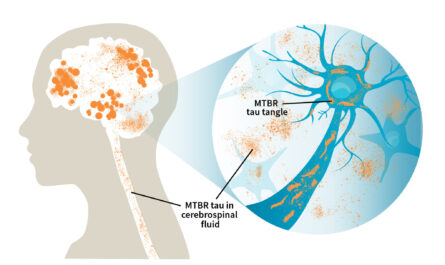Researchers at Queen Mary University of London have made a significant breakthrough in understanding the progression of arterial disease, particularly in relation to high blood pressure (hypertension). Led by Professor Thomas Iskratsch, the team discovered a novel mechanism by which elevated pressure transforms muscle cells in the arterial wall into foam cells. These foam cells are responsible for plaque buildup that ultimately leads to the crippling of arteries.
The study focused on vascular smooth muscle cells (VSMCs), which are responsible for regulating blood vessel tone and flow. Under the chronic stress of hypertension, VSMCs undergo a transformation, filling with lipid droplets and becoming foam cells. These foam cells contribute to the development of atherosclerotic lesions, which are characteristic of arterial disease.
This discovery is significant because VSMCs make up a majority of the foam cells found in arterial blockages. Understanding how pressure triggers this transformation is crucial in developing new therapies to prevent or reverse the buildup of these dangerous lesions.
The study also delved into the molecular mechanisms that underlie the impact of pressure. Using advanced imaging techniques, the researchers identified a mechanosignaling pathway involving a pressure-sensitive protein called Piezo1, as well as changes in lipid metabolism and gene activity. This paves the way for targeted therapies that focus on specific pressure-sensitive points in the cell.
This groundbreaking research offers a deeper understanding of arterial disease and presents exciting possibilities for future treatment strategies. By targeting the mechanisms that drive the transformation of VSMCs into foam cells, researchers may be able to develop medications that prevent or shrink atherosclerotic lesions.
Professor Iskratsch emphasizes the significance of these findings, stating that they provide a vital blueprint for developing next-generation therapies that could benefit millions of individuals suffering from the life-threatening consequences of arterial disease. This breakthrough brings us one step closer to a future where high blood pressure no longer poses a threat to life.
*Note:
1. Source: Coherent Market Insights, Public sources, Desk research
2. We have leveraged AI tools to mine information and compile it



